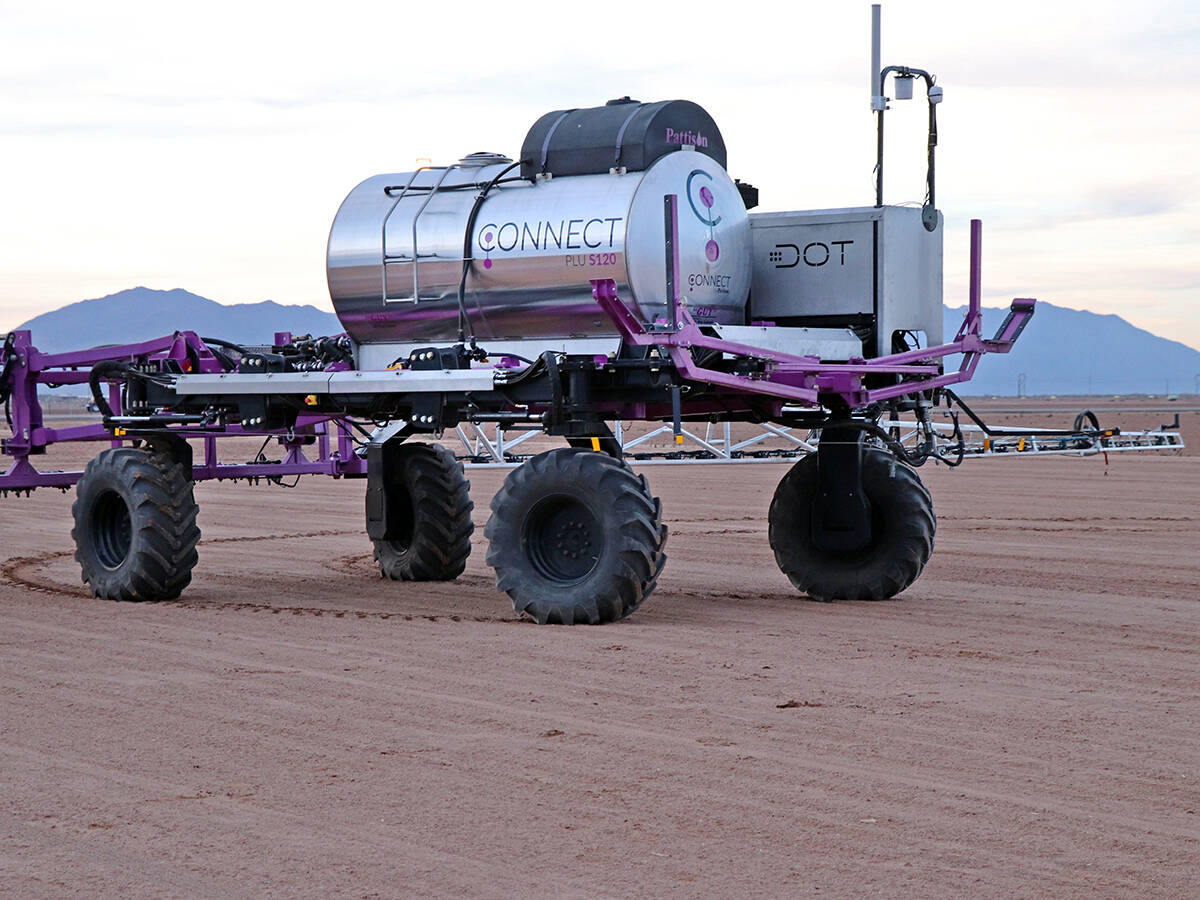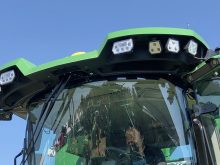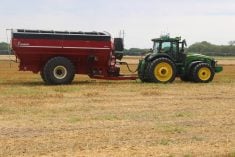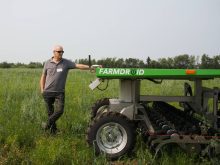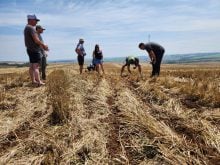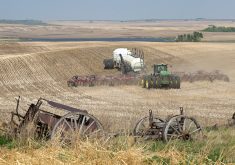When GPS first arrived on the scene, farmers were cautious about adopting it into their operations. Many weren’t convinced they needed a system to steer their machines, something they were quite capable of doing on their own.
However, soon all of that changed very quickly.
Dinen Subramaniam, product launch manager for PTx Trimble’s autonomous grain cart and tillage system called Outrun, says autonomous systems may well follow the same pattern of farmer adoption, slow at first and then rapid acceptance.
Read Also

House ag committee to undertake several studies
The House of Commons standing agriculture committee has set its agenda for the coming months. Members began the fall sitting with a two-hour update on international trade
“A Purdue study showed dealers reported (guidance) technology adoption in 2004 was close to four per cent. As of 2022, it was close to 77 per cent,” he says. “We really think autonomy is where guidance was before 2004.”
Rapid technological developments in the past decade have made autonomy a more practical option for commercialization in agriculture equipment, and all major brands have been working on developing their own systems.
A few smaller companies, such as Dot in Saskatchewan and Kinze in the United States, came out several years ago with early versions of autonomous systems. However, Subramaniam thinks they were just a little ahead of the technology curve.
“When we talk about autonomy, we see some macroscopic trends coming together,” he says.
“One, is the technology is in the right place? Some companies in the past have worked on autonomy, but they came a little too early, just in terms of Lidar systems, AI systems, things like that. The confluence of technology has really made autonomy viable at this point.”
The challenge for engineering teams such as Subramaniam’s has been to develop a system that can cope with all the variations between agricultural practices across the many regions of not just one country but several.
And then there are the environmental conditions of working in a farm field that create challenges.
“Replicating what the human eye can cut through and discern is a challenge,” he adds.
“The environment and soil conditions add a challenge. One other challenge is agricultural practices.
“Pretty much every 50 miles there are different practices that we need to account for.”
Subramaniam thinks those difficulties have been overcome with the sophisticated technologies now commercially available, and autonomy will eventually see rapid uptake in the farm machinery market. However, it isn’t likely autonomy will completely take over all farming operations — at least in the near term.
Initial uses for the technology will likely be limited to less critical field operations, such as pulling grain carts and handling tillage jobs.
Field operations such as seeding or harvesting, where a small error by an autonomous machine could affect an entire year’s profit, would be very costly. So he thinks farmers will want to maintain control over those functions.
“We see autonomy evolving into tasks like harvesting quite a few years away, if at all. That is where the highest value is for the farmer and his operation. For that kind of thing, I don’t know if we can put a timeline or horizon onto it.
“I can see more complementary autonomous products in those operations, but I still see that as quite a ways off. I suspect over the years as people gain trust, it might shift a little into those more complicated tasks.
“I think we’ll see more incremental steps over the next 10 years that follow that guidance path I mentioned.”
As autonomy becomes more integrated into farming operations, it is likely to influence the design and size of machinery as well. The trend toward ever larger working widths may reverse itself because smaller, cheaper autonomous machines can work longer hours in a day and achieve the same results as larger machines operated by a human.
Initially, however, autonomous systems coming to the market will be adapted to the equipment in use today.
“I think in an ideal world, it would work best with a smaller piece of equipment,” says Subramaniam, “but we’re building solutions for the environment and ecosystem we have right now.
“But it might stem the tide of equipment getting bigger and bigger. In the next 10 years, it may also shift to those implements getting smaller. I see this as an inflection point where the size of equipment starts to decrease.”




